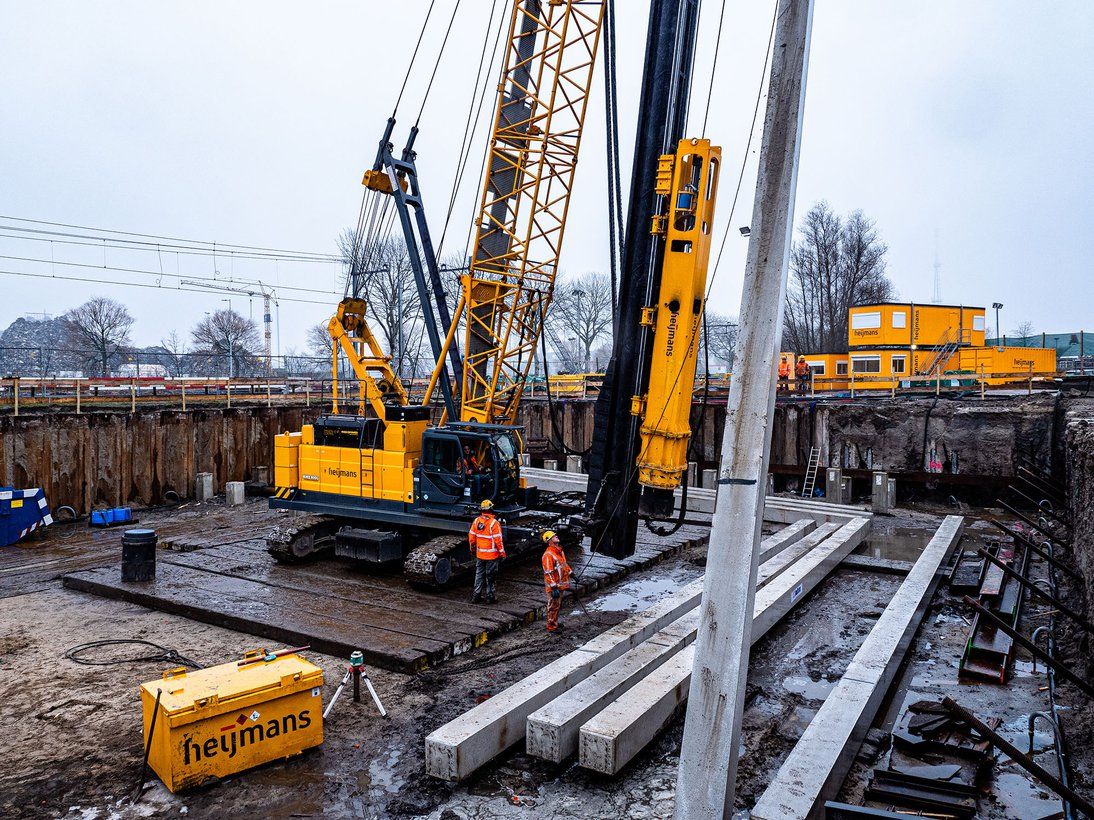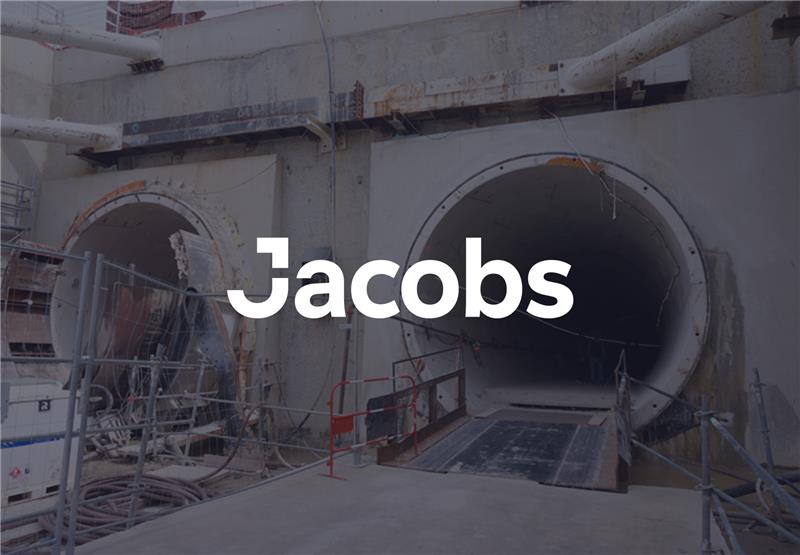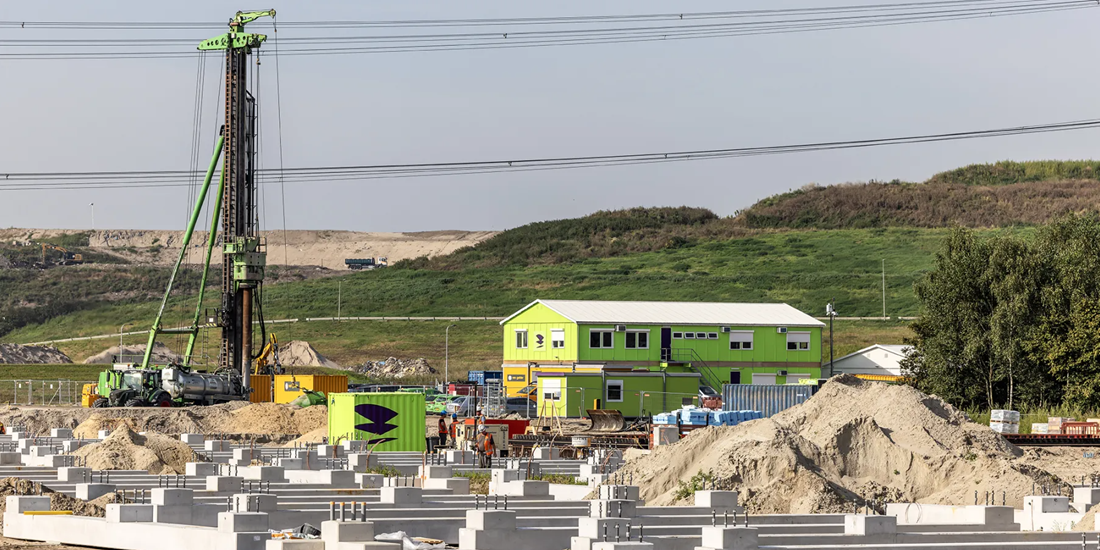
Download the White Paper and get INSPIRED
Learn about trends in digital transformation and how they affect the engineering and construction industry.
A contractor who starts a construction job somewhere in the country only needs to fill in a number of details online and the application will do the rest. Within a few minutes, an advice rolls out, with a card with “obstruction circles”. These precisely indicate the noise contours of a pile driver, rubble crusher, milling machine or asphalt saw.

Noise pollution analysis with the VIKTOR web application
A tool to indicate noise pollution
“The tool tells us how much noise we produce and how far it radiates over the environment. With a few presses on a button, you can see this accurately to the address”, explains Robert van den Dijssel of Heijmans Infra. The “noise nuisance tool” was built by means of the application development platform VIKTOR. “Digitization is part of our strategy to smarten up. This fits in and gives us the opportunity to limit nuisance. ”
Calculation automation
Noise pollution is still the number 1 complaint about construction. That is why Heijmans is investing in reducing this problem. Previously, it took quite a bit of effort to figure out how many decibels were produced on a construction site. Circles were used to calculate the radius within which the sounds spread. This involved a lot of time-consuming calculations and it was not very accurate.
Therefore, a web application was developed on the VIKTOR platform to automate the process. This application can model sounds at the construction site.
Obstruction circles
Microphones are not used, the builder simply enters the type of construction machine that is used. The application automatically finds out the source and the sound that goes with it. A map view is automatically created on which “obstruction circles” are visually indicated. This makes it possible to see exactly what noise levels the environment has to deal with.
For example, light green can represent 80 dB (A), close to the construction site. The outer ring of the circle has a darker green colour: a noise level of 55 dB (A) is to be expected here. The houses, schools and businesses that are present can also be seen in the various rings of the circle. “If several machines are active at the same time, you add the circles together,” says Peter Madlener of VIKTOR. “Then you see whether the noise standard is being exceeded.”
Addresses registry
By integrating the application with the Key Register of Addresses and Buildings (BAG), Heijmans knows exactly which addresses are involved and which functionalities the building has. So the people who will experience disturbing noise pollution are immediately in the picture. “The application performs the repetitive standard calculations and links them in a smart way to publicly accessible databases,” says Van den Dijssel. The tool can also automatically retrieve addresses for sending letters to local residents.
Due to its simple design, the map view which the application creates, simplifies communication with clients, enforcers and licensing authorities. At a glance you can see where the most noise can be expected and at what time. Is that too high? Then it quickly becomes clear whether it is smarter, for example, to screw piles instead of driving them. You change the data of a pile driver with a screw drill. The application then calculates the extent to which the noise contours improve as a result. That also makes it easier to get a good score in tenders. And it gives the builder an idea at an early stage of the size of the risk profile. The app does not give sound levels accurate to 0.1 dB (A) – that’s what acoustic desks are for – but it does give a good indication.
VIKTOR application
Heijmans usually implements four to five sound-producing activities per project in order to obtain a global picture. The construction company has become quite familiar with the tool by now. On average, it is used about twice a day by projects all over the country. It is therefore not complicated. You just have to log in to the VIKTOR web application, create a project, click on source data in a database of machines and put it on the correct map coordinates. The online application will do the rest.



